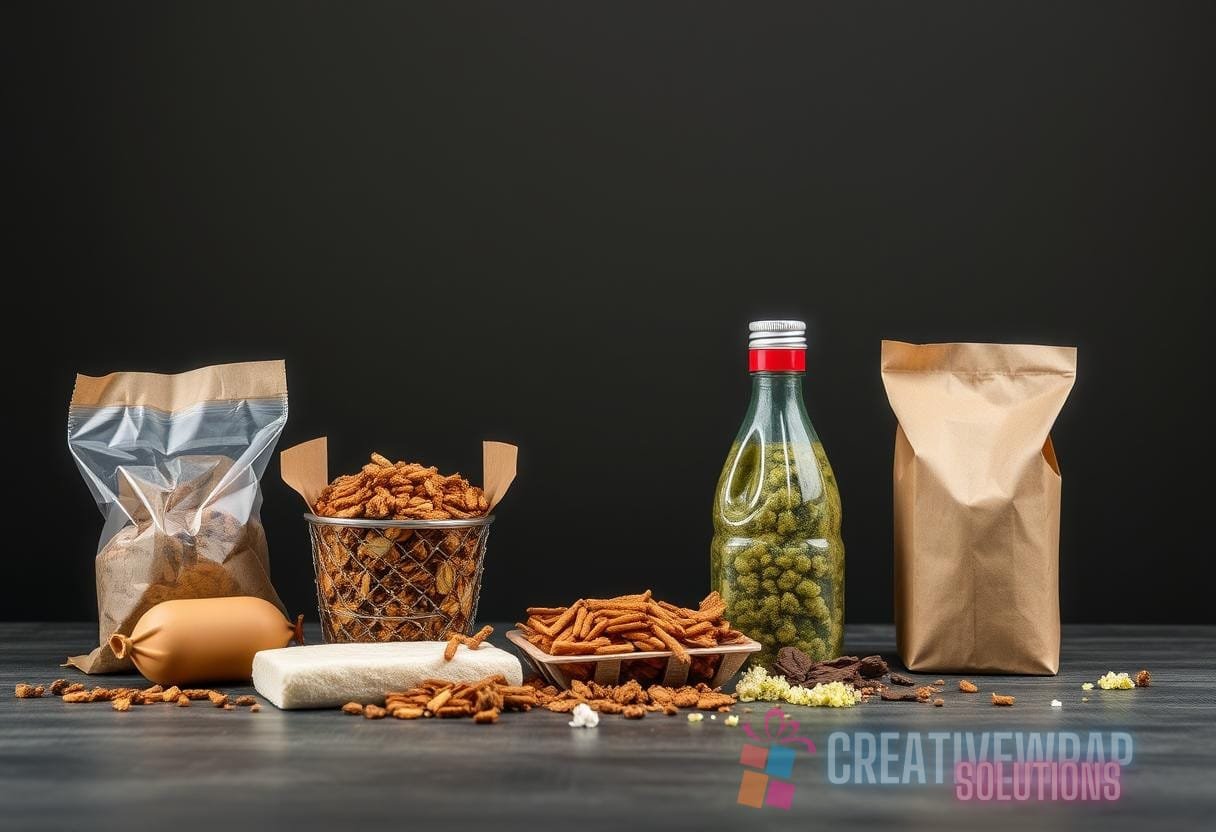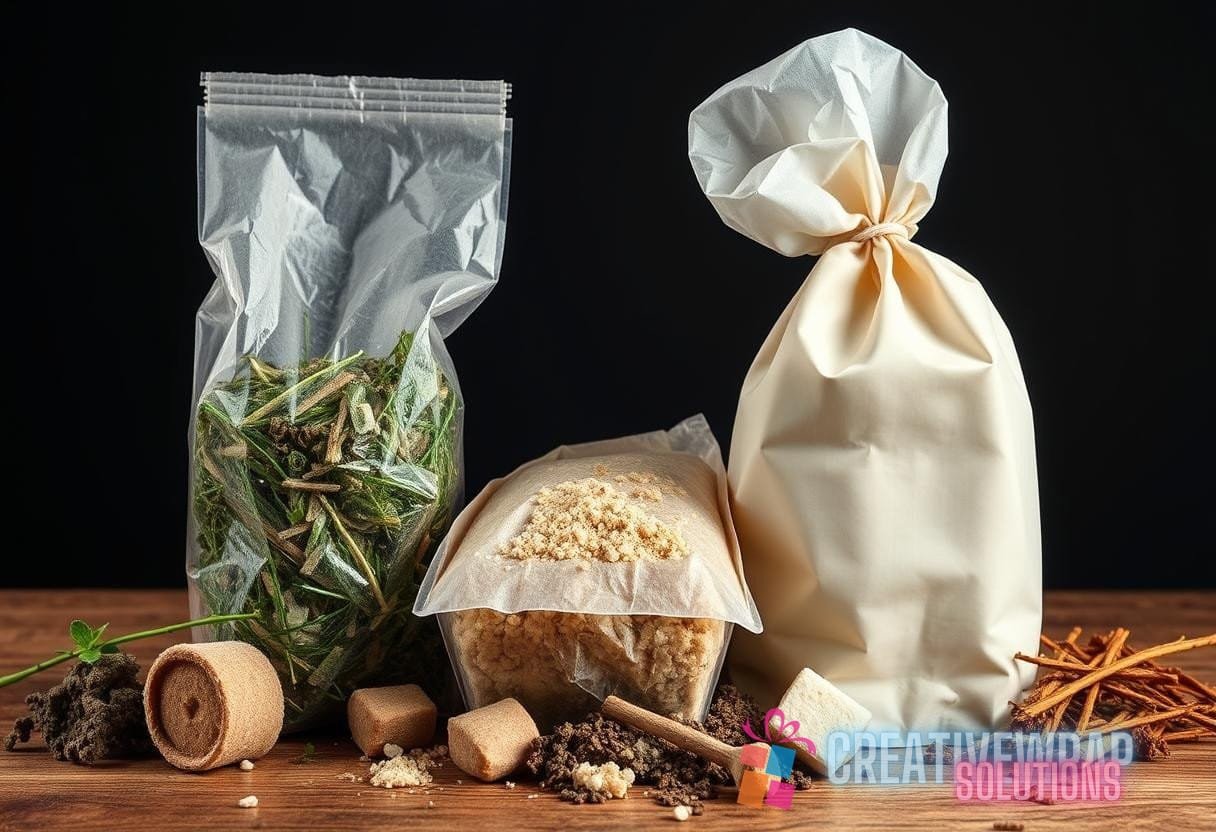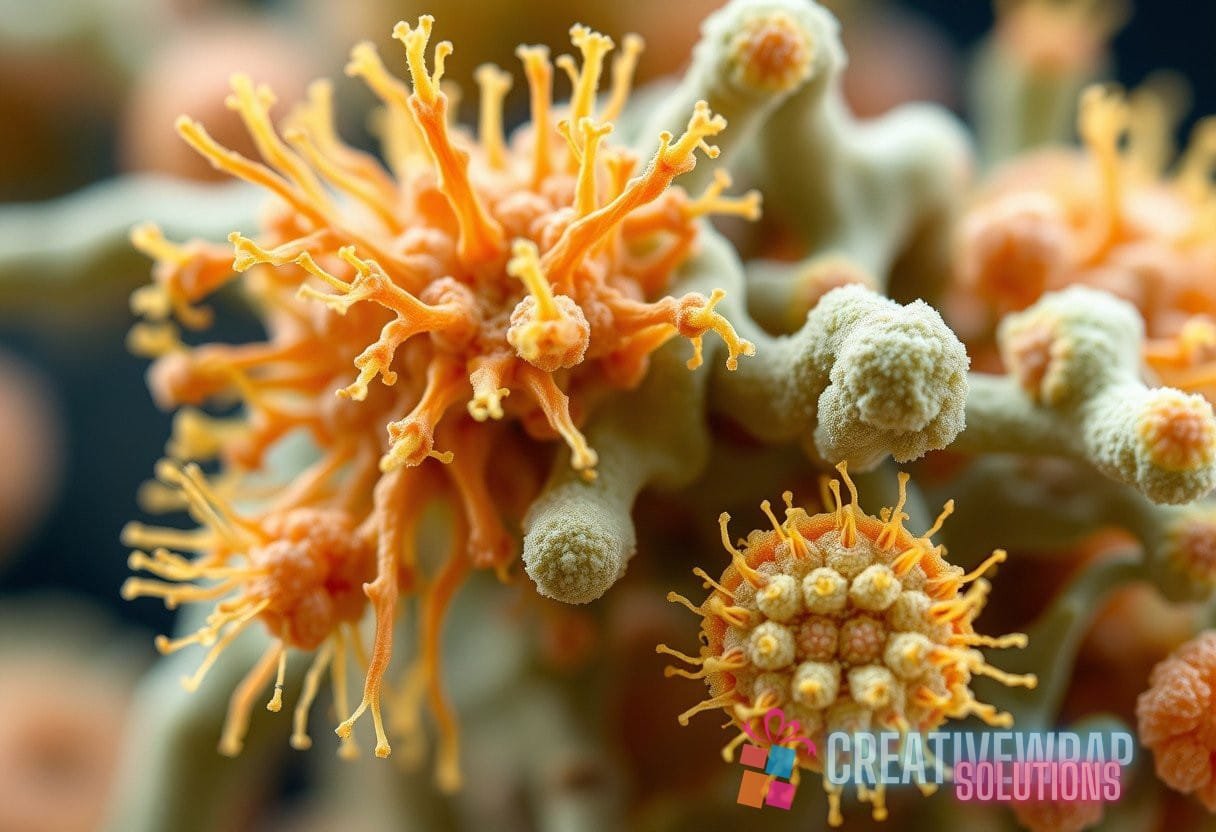Introduction to Cellulose and Its Importance in Sustainable Solutions
Cellulose, a polysaccharide found in plant cell walls, is the most abundant organic polymer on Earth. It forms the structural component of green plants, contributing significantly to their rigidity and stability. The revolutionary potential of cellulose extends far beyond basic applications; its transformation into smart cellulose packaging solutions positions it as a game changer in the quest for sustainable materials.
Understanding Cellulose: Properties and Sources
What is Cellulose?
Cellulose is a linear chain polymer made up of D-glucose units. Each unit is linked by β-1,4-glycosidic bonds, resulting in a rigid structure that is insoluble in water. Its unique chemical properties make cellulose a versatile material, suitable for diverse applications ranging from textiles to bioplastics and now, increasingly, packaging.
Sources of Cellulose
Cellulose can be sourced from various materials, including:
- Wood: The primary source of cellulose for the paper and timber industry.
- Cotton: Contains 90% cellulose, making it ideal for textile applications.
- Agricultural residues: Includes cornstalks, wheat straw, and rice husks.
- Recycled paper products: An innovative source currently gaining traction for sustainable packaging solutions.
The Challenge of Paper Waste
Global Paper Waste Statistics
As the world moves towards a more paperless environment, understanding the challenges associated with paper waste is crucial. According to the EPA, approximately 67 million tons of paper and paperboard were generated in 2020 in the United States alone, with about 65% being recycled. However, a significant amount of these materials remains underutilized, with paper waste often ending up in landfills where it contributes to greenhouse gas emissions.
The Environmental Impact of Paper Waste
When paper decomposes in landfills, it produces methane, a greenhouse gas with a potency 25 times greater than carbon dioxide over a 100-year period. Therefore, finding sustainable solutions to repurpose this waste is essential in mitigating environmental damage. The innovation of utilizing paper waste for creating smart cellulose packaging provides a viable pathway to decrease landfill disposal while championing sustainable resource management.
Smart Cellulose Packaging: What It Is and Why It Matters
Defining Smart Cellulose Packaging
Smart cellulose packaging refers to packaging solutions made from cellulose that possess additional functional properties such as biodegradability, strength, and or the ability to regulate moisture levels. This type of packaging can actively provide information regarding the shelf life or spoilage of the product contained within, often referred to as “intelligent packaging.”
Benefits of Smart Cellulose Packaging
The advantages offered by smart cellulose packaging are numerous and impactful:
- Biodegradability: Unlike conventional plastic packaging which can take centuries to decompose, cellulose-based materials can naturally degrade within a few months.
- Renewability: Sourced primarily from renewable plants, cellulose packaging contributes to a circular economy.
- Lightweight yet strong: Cellulose has an excellent strength-to-weight ratio, making it ideal for packaging.
- Moisture control: Certain cellulose materials can be engineered to regulate moisture effectively, extending shelf life.
- Customization: Cellulose can be modified to incorporate embedded sensors which monitor various factors related to the product’s condition.
The Process of Transforming Paper Waste to Smart Cellulose Packaging
Recycling and Processing Techniques
The journey of transforming paper waste into smart cellulose packaging involves multiple stages:
- Collection and Sorting: Recycled paper products are collected and sorted to remove contaminants.
- Pulping: The sorted paper is pulped, breaking down the cellulose fibers through mechanical and chemical processes.
- Fiber Treatment: The cellulose fibers undergo treatment processes to enhance their properties, such as strength and flexibility.
- Forming Packaging: Once treated, cellulose fibers can be molded into diverse packaging forms, suitable for various products.
- Functionalization: This stage often includes the incorporation of additives that enable smart functionalities, such as visibility indicators for freshness.
Real-World Case Study: Companies Leading the Charge

Several companies worldwide are pioneering the development of smart cellulose packaging. One notable example is Pulp & Paper News. They have been at the forefront of innovating cellulose applications in packaging. Their eco-friendly packaging solutions provide information about product freshness without the use of harmful materials, showcasing sustainable principles in action.
Applications of Smart Cellulose Packaging
Food Packaging
One of the most prominent applications of smart cellulose packaging is in the food industry. Traditional plastic food packaging significantly contributes to environmental waste, and cellulose serves as an exciting alternative. Innovations include:
- Biodegradable food wraps: Offering the same protective attributes as plastic wraps without harming the environment.
- Active packaging:
- Incorporating oxygen scavengers that prolong the freshness of products.
- Edible packaging: A new frontier where cellulose is used in innovative ways to create films that can be eaten along with the food they wrap.
Consumer Goods Packaging
Consumer goods packaging also benefits from smart cellulose packaging. Companies are investing in developing sustainable solutions that appeal to eco-conscious consumers:
- Cosmetics and skincare: Biodegradable cellulose packaging is emerging in this sector, enhancing the brand’s eco-friendly image.
- Electronics: Customized cellulose packaging can be designed to protect sensitive gadgets without contributing plastic waste.
Barriers to Adoption of Smart Cellulose Packaging
Cost and Technology Challenges
Despite the promising attributes of smart cellulose packaging, several challenges inhibit its widespread adoption:
- Cost: The initial investment for manufacturing machinery to develop smart cellulose products can be significant.
- Consumer Awareness: Limited understanding of cellulose materials can affect market uptake.
- Technical Limitations: Ensuring product integrity and functionality in various conditions can be complex.
Overcoming the Challenges
Addressing these barriers requires collaboration among stakeholders in the supply chain:
- Investment in R&D: Innovation in cellulose technology is critical for developing more cost-effective manufacturing methods.
- Consumer Education: Campaigns focused on promoting the benefits of smart cellulose packaging could drive demand.
- Regulatory Support: Governments can provide incentives for businesses to transition to sustainable packaging materials.
The Future of Smart Cellulose Packaging
Predictions and Trends
The future of smart cellulose packaging looks promising as innovation and sustainability converge. Experts predict:
- Increased Investment: More companies will allocate resources toward sustainable packaging solutions.
- Technological Advancements: Nanotechnology and smart materials will further enhance the functionality of cellulose products.
- Global Regulations: Stricter regulations on single-use plastics will encourage the adoption of cellulose-based alternatives.
Collaboration Across Various Sectors
Future success in the smart cellulose packaging sector will depend on collaboration across industries, including agriculture, technology, and consumer goods. This collective effort can drive the development of new materials, improve recycling infrastructure, and increase consumer trust in cellulose products.
Conclusion
The cellulose revolution marks a significant shift toward sustainable packaging solutions that leverage waste material creatively and efficiently. By transforming paper waste into innovative smart cellulose packaging, we not only address environmental concerns but also meet consumer demands for sustainability. As research progresses and market acceptance grows, cellulose’s role in the future of packaging will only become more significant. Embracing this revolution will undoubtedly pave the way for a more sustainable and ecological approach to material usage.


